Astronomy news, features and articles
Explore Astronomy
Latest about Astronomy
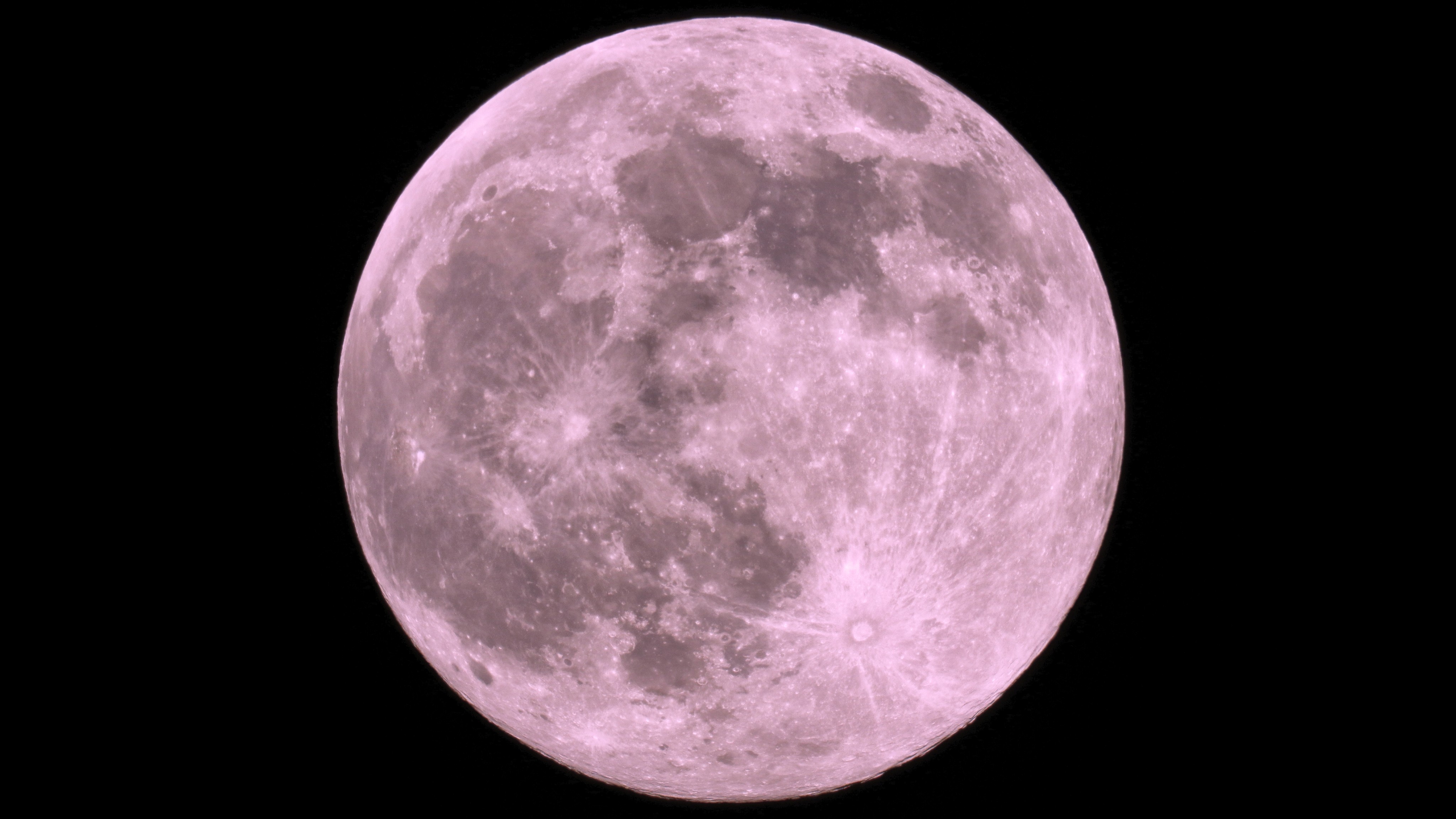
Full moons of 2025: When is the next full moon?
By Jamie Carter last updated
April's full moon is the Pink Moon, rising April 12. It will also be a micromoon, appearing slightly smaller than usual.
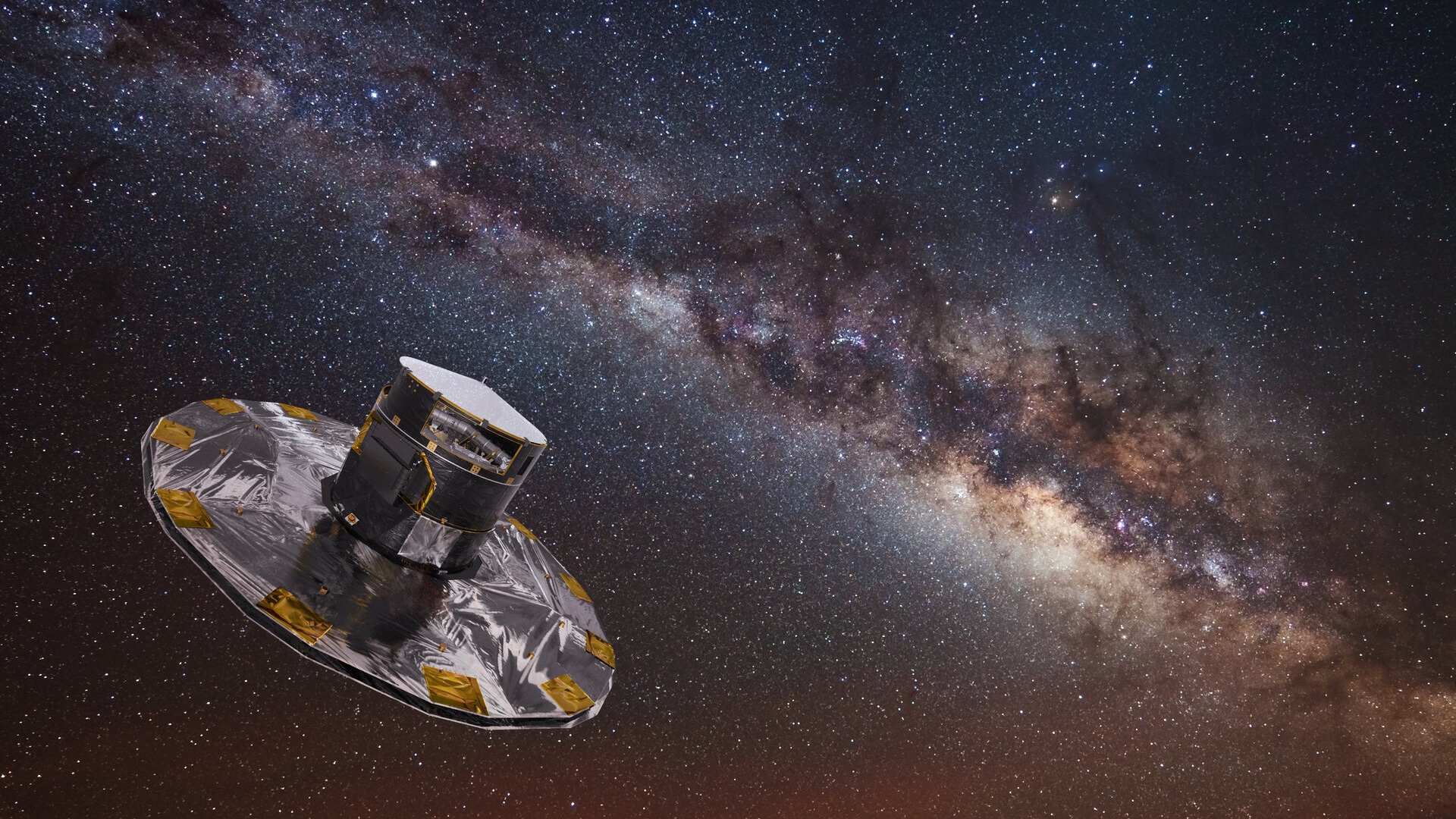
Gaia telescope retires: Scientists bid farewell to 'the discovery machine of the decade' that mapped 2 billion Milky Way stars
By Sharmila Kuthunur published
After 11 years mapping the Milky Way, the European Space Agency's Gaia space telescope has retired. Scientists hailed it as "the discovery machine of the decade."
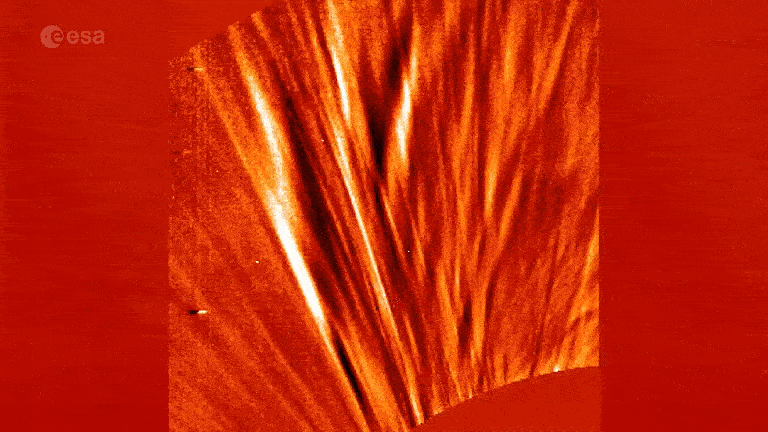
Watch eerie 'UFOs' and a solar 'cyclone' take shape in stunning new ESA video of the sun
By Harry Baker published
An eerie new video from ESA's Solar Orbiter shows a towering 'cyclone' of plasma exhibiting behaviors never seen before on our sun.
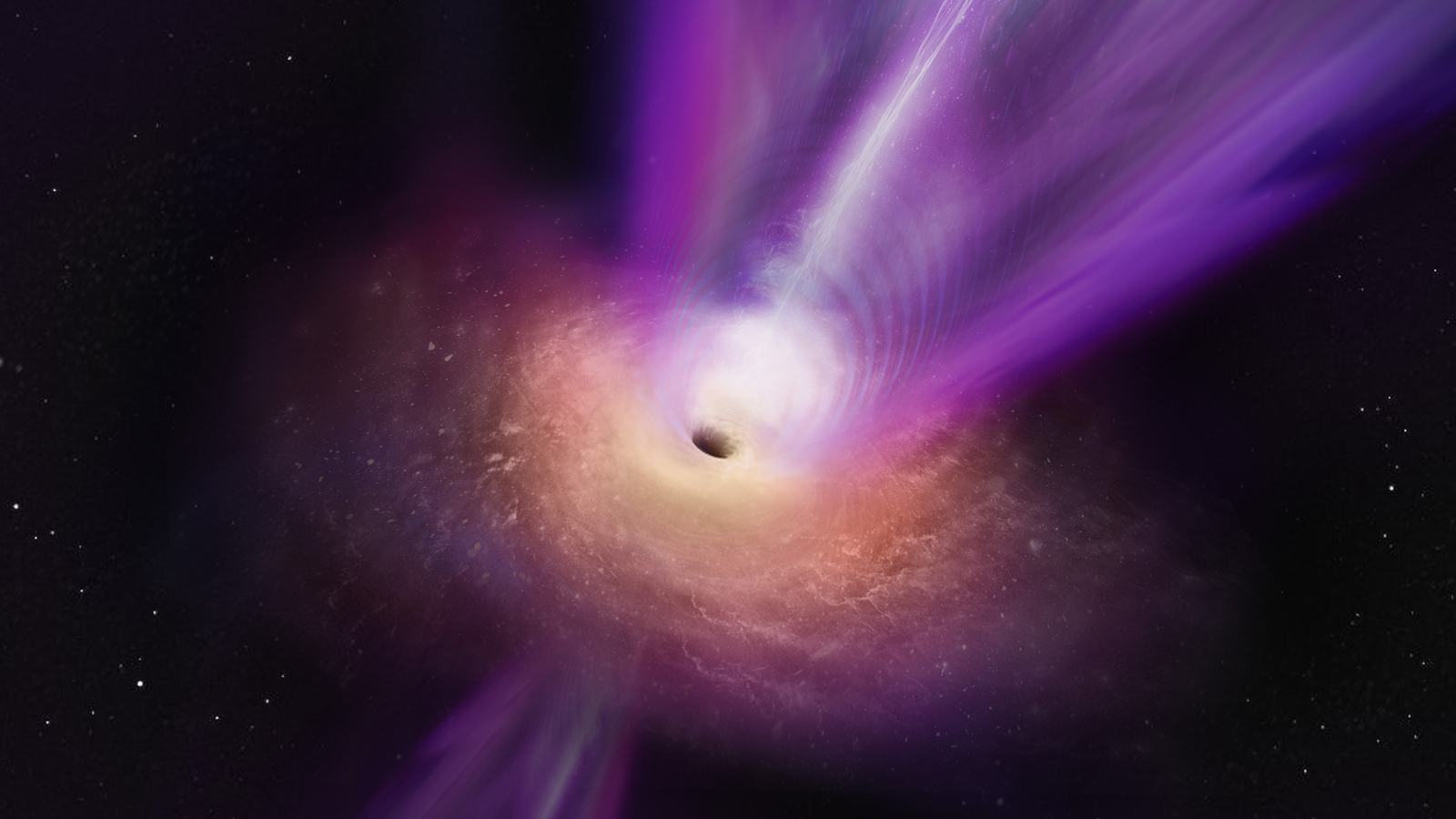
Black holes can destroy planets — but they can also lead us to thriving alien worlds. Here's how.
By David Garofalo published
Whether a galactic environment has the right conditions for habitable planets to form could depend on how the black hole in that galaxy is rotating.
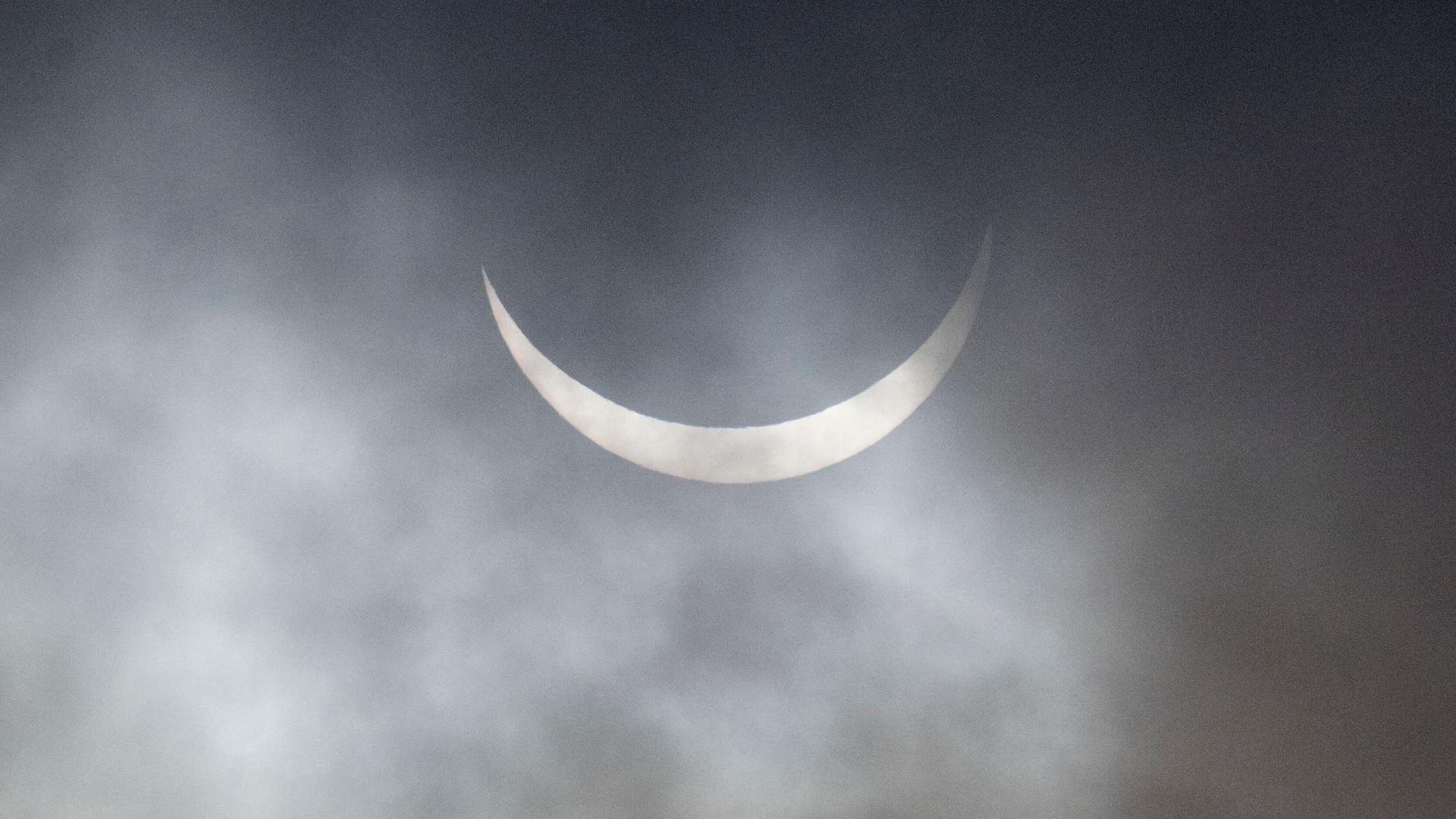
See spectacular photos from Saturday's partial solar eclipse
By Skyler Ware published
The partial solar eclipse on March 29 wowed skywatchers in the Northern Hemisphere.
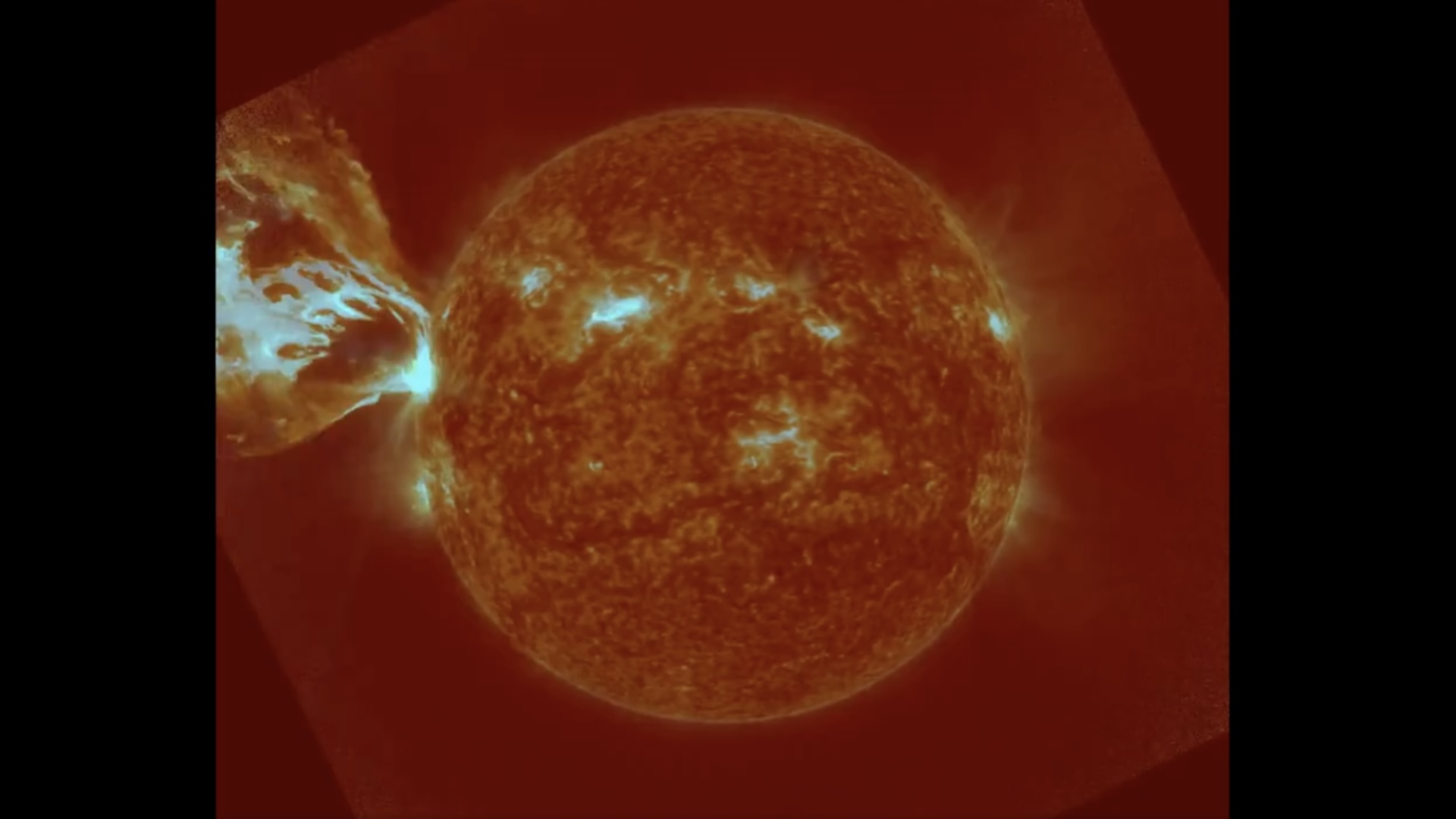
Powerful X-class solar flare caught on camera erupting from sun's surface
By Jess Thomson published
A powerful X1.1-class solar flare was released by the sun on March 28, resulting in radio blackouts across North and South America

James Webb telescope could find signs of life on alien 'hycean' ocean worlds
By Paul Sutter published
If such worlds exist, they could be among the most common life-bearing planets in the galaxy.
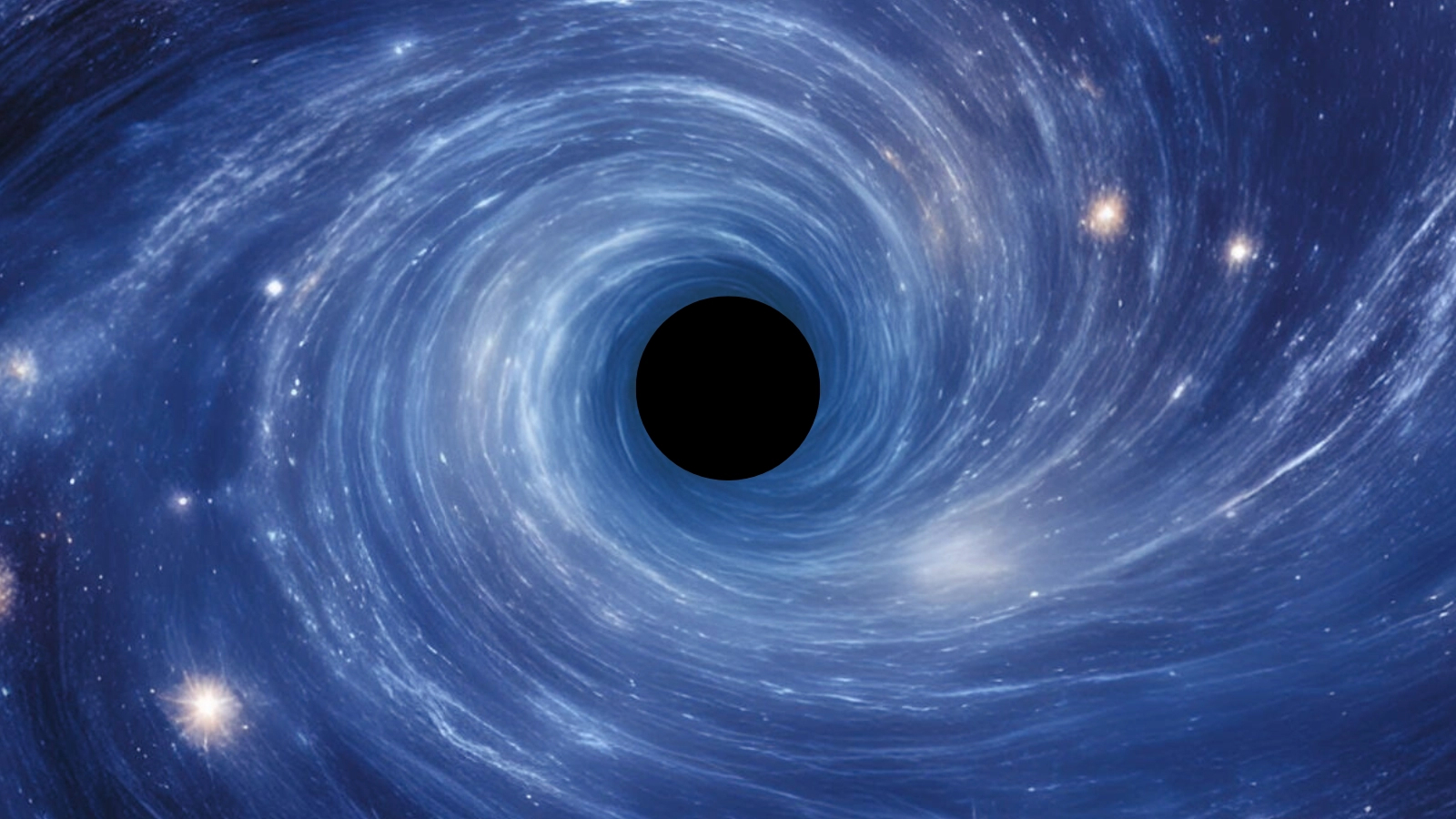
Black holes may obey the laws of physics after all, new theory suggests
By Robert Lea published
"The singularity is the most mysterious and problematic part of a black hole. It's where our concepts of space and time literally no longer make sense."
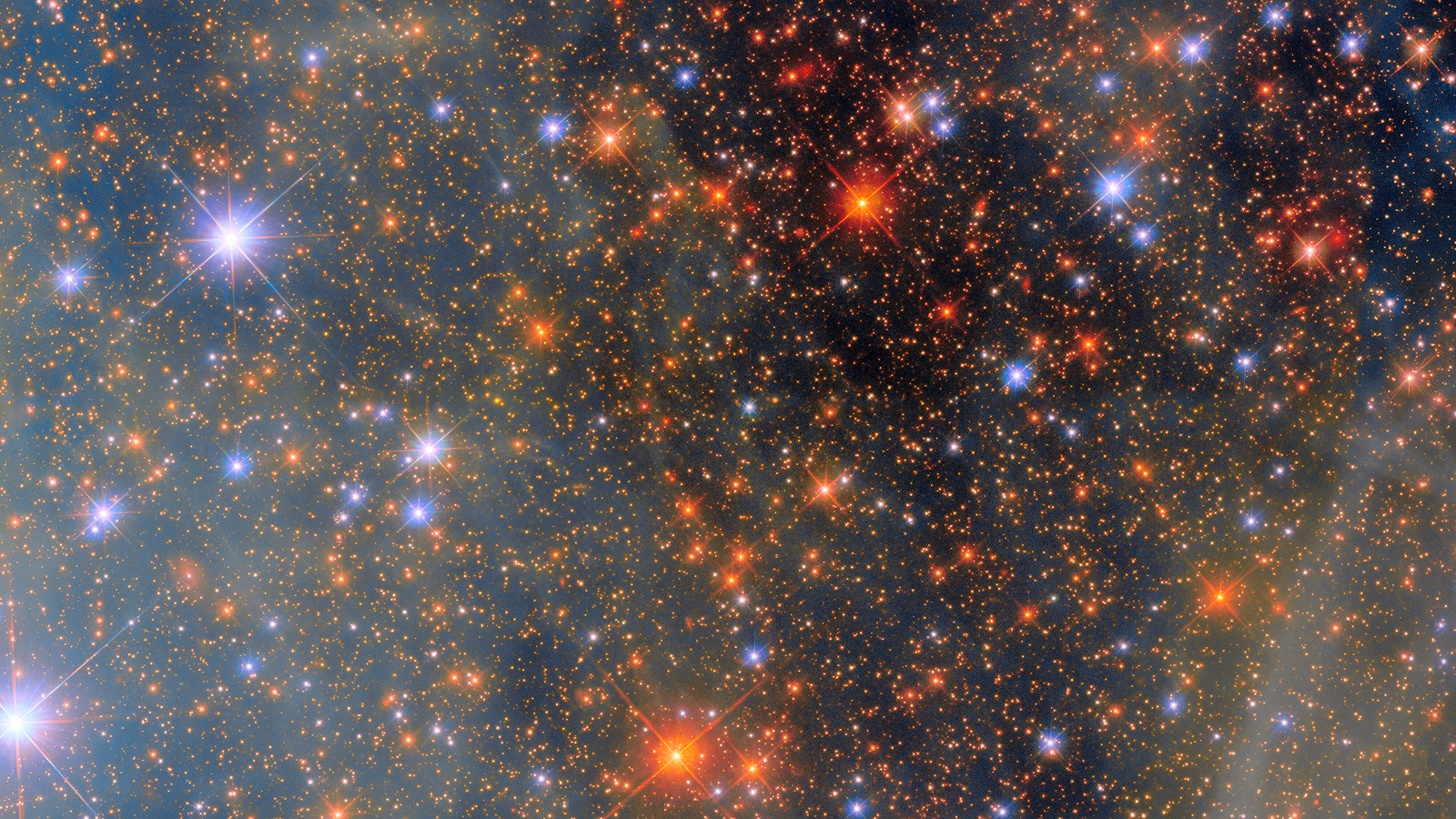
Space photo of the week: Hubble zooms in on the glittering galaxy next door
By Jamie Carter published
The Small Magellanic Cloud, a dwarf galaxy about 200,000 light-years from the solar system, can be seen with the naked eye from the Southern Hemisphere.
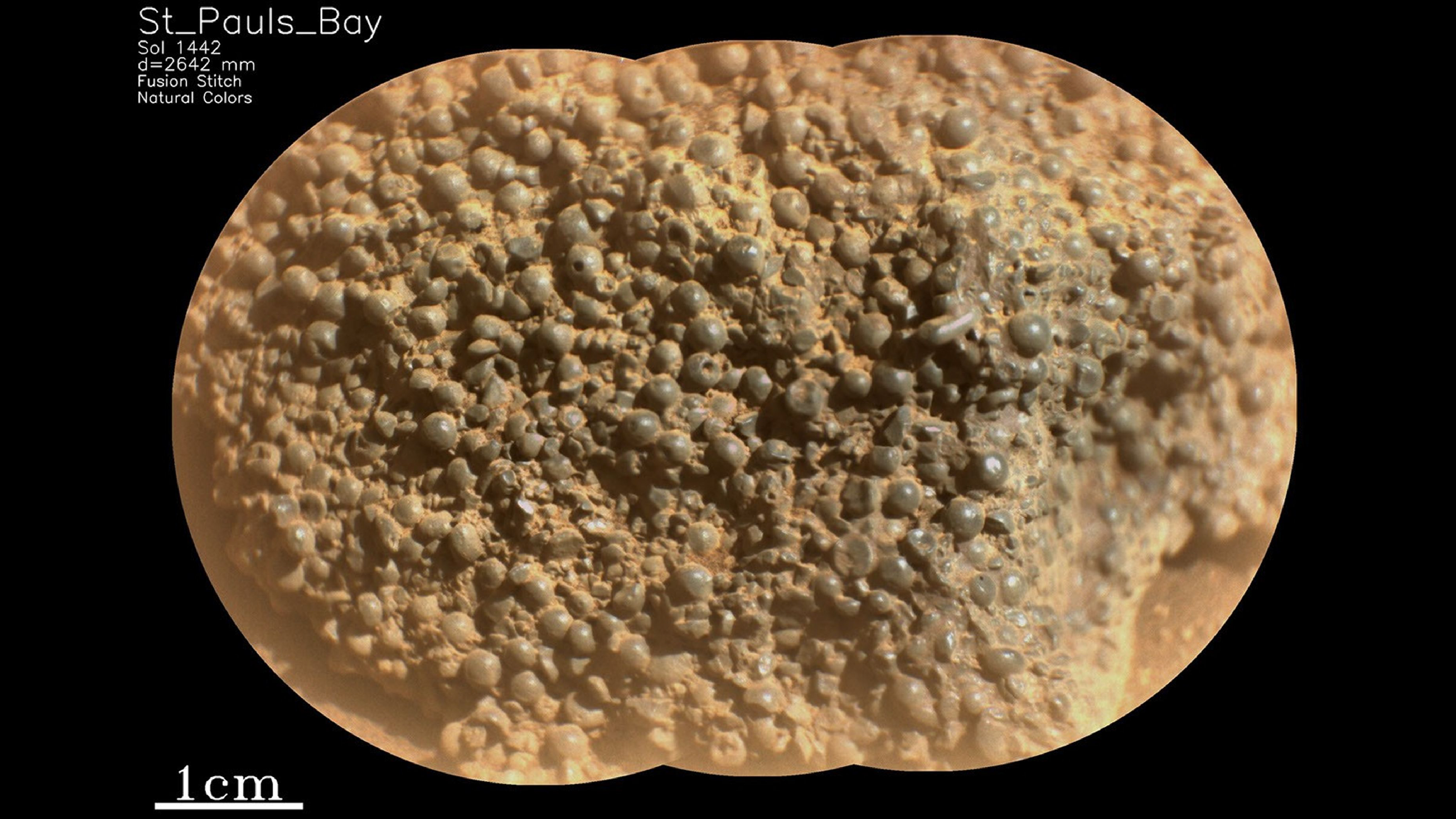
Perseverance rover spots peculiar 'spider egg' rock on Mars — and scientists have no idea how it got there
By Damien Pine published
On March 11, NASA's Perseverance Mars rover spotted a mysterious rock made of hundreds of tiny spheres that resemble spider eggs. Studying its formation could help us look for fossilized remains of microbial life on Mars.
Sign up for the Live Science daily newsletter now
Get the world’s most fascinating discoveries delivered straight to your inbox.
